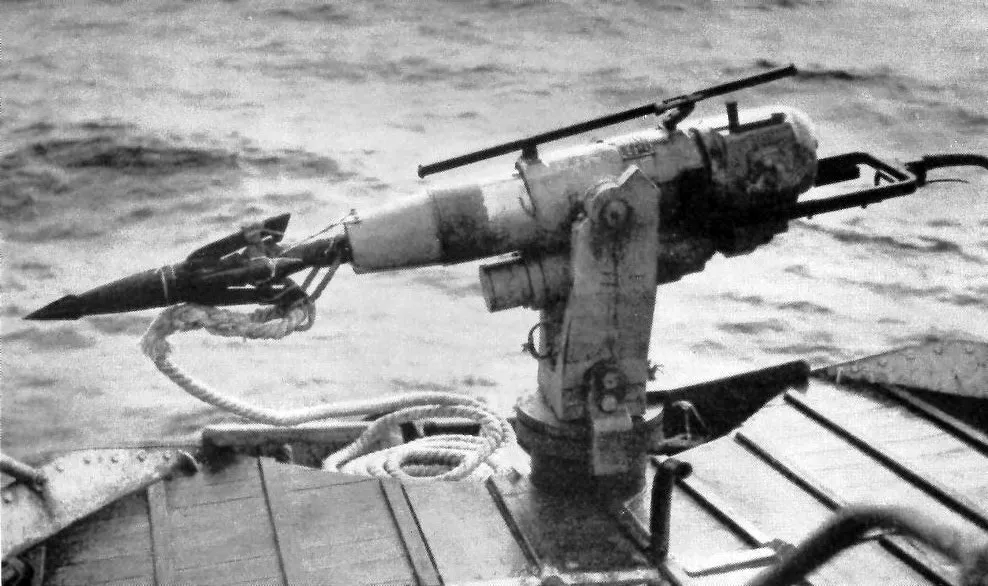Whale Products
Whaling in Antarctica | Whaling in the 21st century
 Whaling
has been carried out by various groups of people around the
world for thousands of years. Archaeological evidence
suggests that primitive whaling, by Inuit and others in the
North Atlantic and North Pacific, was practiced by 3000 BC.
Whaling
has been carried out by various groups of people around the
world for thousands of years. Archaeological evidence
suggests that primitive whaling, by Inuit and others in the
North Atlantic and North Pacific, was practiced by 3000 BC.
For most of this time the level of the fishery remained quite low, though became an important part of the folklore and traditions of many groups of indigenous peoples. For a family or community living in an impoverished environment, a caught whale meant ample food over a long period. There are not that many places in the world where whales regularly come close in to the shore line, and there was always the limitation on the types of whales that could be taken by pursuing them in open boats and killing them using hand harpoons - the risks involved were very great too.

Larger whale species such as Blue and Fin whales were safe from early whalers because of their enormous size and speed. In 1868 Svend Foyn, a Norwegian, revolutionized the whaling industry forever with the invention of the exploding harpoon, and by using fast steam powered catcher boats.
As a result of these technological advances, the whaling industry was able to focus on larger and more profitable species, beginning with the largest prizes of all - the Blue whale.
A single 90-foot blue whale could yield up to 120 barrels of oil, and blue whales were killed by the thousands from about 1900 onwards. The slaughter peaked in 1931 when over 29,000 were killed in one season. After that blue whales became so scarce that the whalers turned to other smaller species, first of all the Fin whales and then when these in turn became scarce, to Sei whales in the 1960's and then to the much smaller Minke whales in the 1980's.
Belatedly, the International Whaling Commission (IWC) banned all hunting of blue whales in 1966 and gave them worldwide protection. By this time their numbers had fallen from about 200,000 / 300,000 in pre-whaling days to 1-2000. They were still hunted illegally for another decade or so, for a whaling factory out at sea a big fat blue whale was too tempting a prize to ignore.
The whaling industry is estimated to have accounted for 2.9 million whales

Abandoned whale catcher
boats at Grytviken - South Georgia
What were the whales used for?
The chief whale products that were used were whale oil derived from the melted down blubber (a thick layer of fat beneath the skin that helps to insulate the whale from the icy seas) and "whale bone" not bone at all but made from keratin, the same protein that makes skin, nails, hair, hoofs and claws. Baleen comes from the large plates that many whales use to filter small food organisms from the sea.
Whale Oil
The uses of whale products changed as time progressed. In the heyday of Yankee whaling from around 1860 to 1890, sperm whales in particular and then right whales were the most sought after. The sperm whale supplied spermaceti, an oily, waxy substance in great quantity and the right whale also supplied large amounts of whale bone. The right gave plenty of blubber too, but the sperm whale less so.
Towards the end of the 1800's, mineral oils from underground deposits and gas started to be used for lighting and so whale oil was no longer needed for these purposes, as a consequence the taking of sperm whales declined in favour of other species. There was still a great demand for whale oil that came from the blubber, but now in the main, this was used for making the finest soaps and especially for the manufacture of margarine which used by far the greatest quantity.
Oil for lighting: Sperm whale oil burned slowly, without an offensive odor. It was considered one of the finest oils for illumination used in an oil lamp. Spermaceti was used to make the finest quality clean and odorless candles.
Oil for lubricating: Whale-oil was processed into fine lubricating oils for industries such as clock making. The oil of the blackfish, a small, toothed whale, was prized for lubricating delicate machinery, such as chronometers on whale ships. The oil remained fluid even at very cold temperatures and was sometimes used for instruments in high altitude aircraft for this purpose.
Other uses: Although it was most prized for lighting and lubricating, whale oil was also used to manufacture soaps, varnish, cosmetics ("imparts a rich glossy sheen"), paint, glaze (on photographs), to process textiles and rope and burnt to provide heat.
Whale Bone - Baleen

Baleen was used in a variety of nineteenth-century products. Buggy whips, Carriage springs, Corset stays, Fishing rods, Hoops for women's skirts, Umbrella ribs and many other applications where nowadays plastic or springy steel would be used.
If baleen was not carefully cleaned as soon as removed from the whale's jaw, it developed an unpleasant smell that lowered its value.
Sperm Whale Oil and Ambergris
Special mention has to made to Sperm whales that provided some of the most prized and expensive whale products from the enormous "spermaceti" organ in the head from where the sperm whale gets its name. They also provided a substance from their stomachs called ambergris. Sperm whale oil derived from the spermaceti organ was considered the finest lubricating oil on Earth.Sperm whale oil

A transparent, amber or straw colored and liquid at the whales'
normal body temperature, it and hardens into a white wax at
normal air temperature.
This is a very fine oil that
was used to lubricate fine machinery and provide the wax to
produce special smokeless, odorless candles, that sold at about
six times the price of a tallow candle.
The wax was also used in the cosmetic industry, especially in the finest face and hand creams, since it was smoother than its nearest competitor, lanolin.
Sperm whale oil was used as watch oil selling at $5.00 per ounce in 1957!
It was used to lubricate the instruments in eexperimental high altitude aircraft as it stayed liquid and retained its properties as the temperature fell
Second quality oil was recovered from the thick blubber. More oil was obtained from the blubber than from the spermaceti organ in the massive head.
The blubber can be as much as 18 inches thick on the shoulder and back, more than the width across your shoulders.
Ambergris
This is a dark, waxy substance produced in the digestive tract of sperm whales. It is produced from the action of the stomach secretions on the hard "beaks" of the squid that sperm whales mainly feed on. It has been valued since ancient
times. It might be vomited by a sperm whale during its death
flurry, regurgitated (like a hairball), evacuated through the
bowel or discovered when the carcass was processed. It also
has been found floating at sea or washed up on a beach, with
no whales in sight.
Ambergris (from the French amber
gris, "grey amber") has been used in cosmetics, in
love potions and wine, and as a headache remedy. In recent times
it was used to enhance and lengthen the life of expensive perfumes.
A medium sized lump can be worth 1000's
ambergris found on beach
Meat
Whaling in the Middle Ages and earlier was as much for their meat as the other products that could be had. Such whaling was near to the shore and the meat could be distributed quickly before it spoiled. The near-shore whale stocks were soon depleted and consumption of whale meat fell. Indigenous people's who engage in whaling have always used the meat, though often the blubber is seen as more valuable.
Eating whale meat then became a rarity for many years due to the need to go further afield to catch whales at a time before refrigeration or any other practical means of preserving the meat on board. Each wooden sailing ship would kill a whale and process it usually before more could be caught, they could be months from a port and a year or more from their home port. The carcasses were stripped of products such as blubber, oil and baleen that can be stored at sea and the meat discarded.
As the 20th century progressed, so factory ships were used to process whales at sea caught by dedicated catcher boats on a much larger scale. The meat could be frozen at sea or sometimes processed for use as pet or other animal food or even for as fertiliser. During and following the second world war whale meat was sold in the United Kingdom and was not subject to rationing, it was also considered a vital foodstuff in Japan in particular in the absence of any large scale affordable alternative.The appeal of whale meat today is not due to its flavour or texture which is frequently described as bland or fishy. When it was available in the 1940's and 50's it was generally not the first choice for shoppers other than for the reason of low cost. The main attraction for eating it today is usually cultural or out of curiosity, certain cuts are better than others and it tends to be only a small number of the best cuts that are used for human consumption. For some indigenous peoples, eating whale has become a part of their cultural identity to the point where sometimes endangered species are killed to continue that cultural connection, though the means of dispatch these days is less likely to be a series of spears and more likely to be a modern explosive harpoon.
